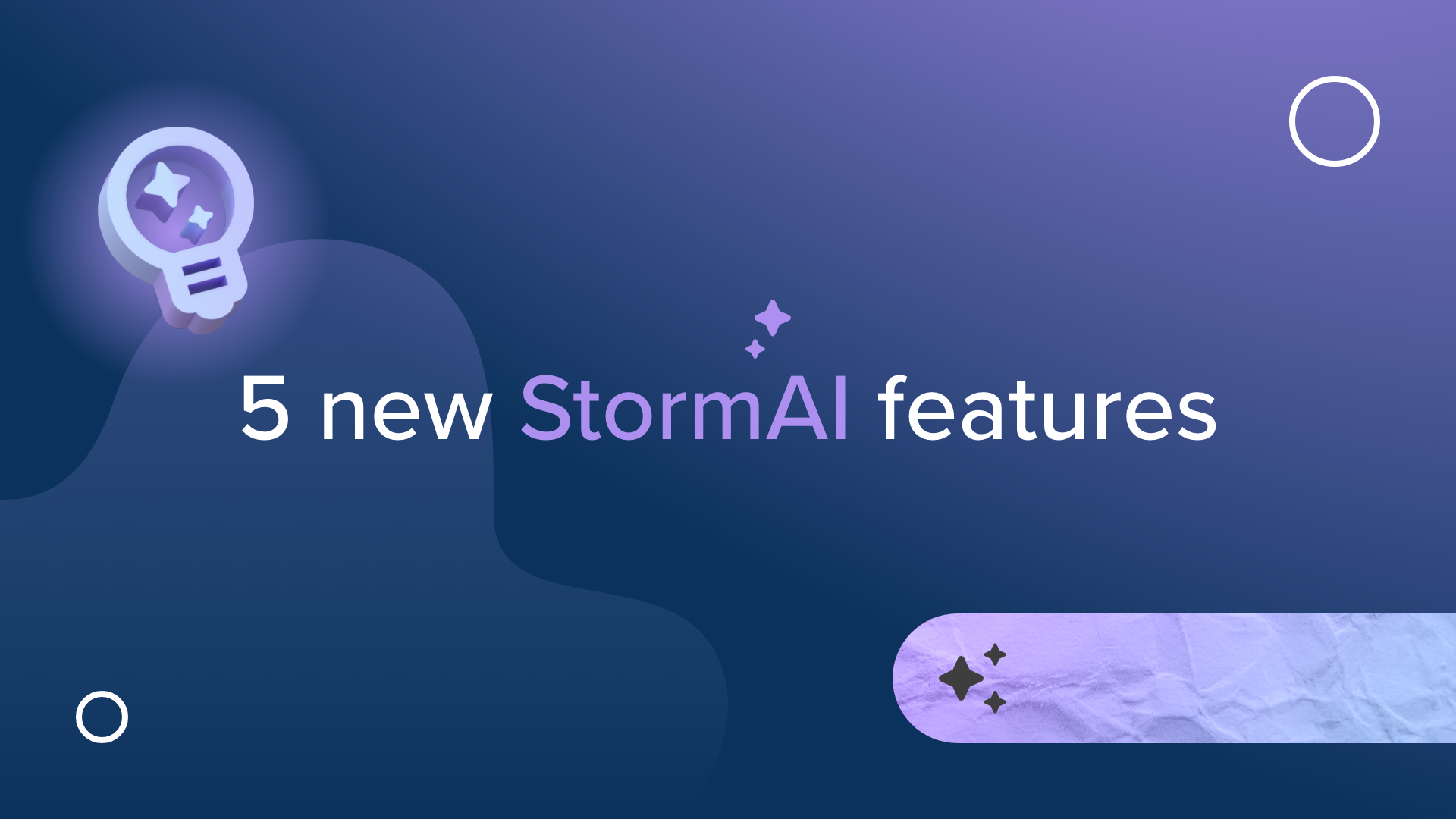Integrating Renewable Energy: The Role of Collaborative Platforms in Managing Transition
Source: Freepik
Nowadays, when we're all concerned about protecting the environment and finding better energy solutions, there's a big push for utility companies to switch to renewable energy.
It's not just about being green – it's also about making big changes in how they work. In the middle of all this change, there's something significant happening, that is collaborative platforms.
These are tools that help everyone involved work together smoothly, whether it's project management, regulatory compliance or real-time communication across departments, these platforms play a pivotal role in ensuring a seamless transition towards a sustainable energy future.
Understanding the Renewables Revolution
With climate change becoming a pressing issue, more and more people are turning to renewable energy sources like solar, wind, and hydroelectric power. But fitting these sources into our current energy setup isn't easy. They depend a lot on the weather and time of day, which makes managing our energy grid trickier.
Plus, there are lots of rules to follow, so we've got to plan things out carefully to make it work. Overcoming these obstacles will require innovative solutions and strategic coordination.
Variability in Energy Production
Renewable energy works differently from the old-fashioned power plants that burn fossil fuels. Solar power, for example, depends on how sunny it is and what time of day it is. If it's cloudy or nighttime, solar panels don't make as much electricity. Wind energy is similar – it relies on how windy it is, which can change a lot depending on where you are and what the weather's like.
This kind of up-and-down production can cause headaches for the folks who manage the energy grid. They need to find smart ways to balance the supply of renewable energy with how much we need to use, like using special batteries to store extra energy for later.
Grid Instability
When we add renewable energy sources to our energy grid, it can mess with how stable the grid is. Sometimes, the amount of electricity coming from renewables can suddenly go up or down, which can mess with things like voltage and frequency in the grid. If these go out of whack, it can make the whole grid less reliable and cause problems for everyone using electricity.
Fixing these issues means we need to invest in making the grid stronger and smarter. That might mean upgrading things like power lines and substations or using new technologies to help manage the flow of energy better.
Regulatory Complexities
Renewable energy can be tricky because of all the rules and laws. Every place has its own rules about how renewable energy can be used, and these rules can change a lot. Companies that want to use renewable energy have to be careful to follow all the rules, or they could get into trouble. For example, zoning laws say where renewable energy projects can be built, and grid connection rules affect how they can be hooked up.
Also, there are environmental rules about protecting wildlife and using water. It's like trying to find your way through a maze – you have to know where you're going and what the rules are. So, understanding these specific rules is super important to ensure renewable energy projects are legal and sustainable in the long run.
The Role of Collaborative Platforms in Renewable Energy Integration
Using collaborative platforms helps utility companies deal with the challenges of using renewable energy. These platforms make it easy for different parts of the company to talk to each other and work together. They help with everything from starting new renewable energy projects to making the most of the energy systems we already have. They're like a central place where everyone involved can work together in real time to get things done.
Efficient Project Management with Collaborative Platforms
Ensuring the success of renewable energy projects relies heavily on efficient project management. Collaborative platforms serve as invaluable tools in this regard, streamlining various aspects of project execution. These platforms facilitate task assignment and scheduling, allowing project managers to allocate responsibilities to team members and establish timelines for completion.
For example, in solar panel installations, project managers can allocate tasks like site assessment and procurement through these platforms, ensuring timely completion. Additionally, collaborative tools like instant messaging facilitate real-time communication among team members, enhancing coordination. By leveraging these platforms, utility companies improve efficiency, meet deadlines, and reduce costs, ultimately driving sustainable outcomes.
Progress Tracking and Reporting
Keeping track of progress and reporting on it is a breeze with collaborative platforms. Project managers can easily monitor task status in real time and generate reports to keep everyone in the loop about the project's overall performance. For instance, in a wind farm project, managers can track turbine installation progress and promptly address any delays.
This not only helps the team stay informed about the project's progress but also allows for prompt resolution of any issues that may arise. These platforms also offer customization options, allowing companies to tailor their reports for internal and external stakeholders. By sharing updates effectively, everyone involved can stay informed and ensure the project stays on course.
Ensuring Regulatory Compliance
Making sure utility companies follow the rules when using renewable energy is important. Collaborative platforms are like special helpers for this job. They make it easy for companies to keep track of all the rules they need to follow. For example, let's say a company is building a wind farm. These platforms help by keeping records of rules, permits, and certifications, so everyone knows what they need to do to follow the rules.
Another example could be a company installing solar panels. They can use the platform to check if they have the right permissions and documents needed by law. These platforms also send reminders about important deadlines, so companies don't accidentally break any rules. With these platforms, companies can stay on top of regulations and avoid any trouble.
Regulatory Documentation Management
Using collaborative platforms for regulatory documentation management in renewable energy projects makes it easier to handle all the necessary paperwork. These platforms keep everything like permits and certifications in one place, so it's easy to find what you need.
They also help track tasks and create reports to show if everything is following the rules. Plus, they send reminders about important deadlines and any changes in requirements. By working together with other systems, they make things even smoother.
Audit Automation
Conducting audits is an integral part of ensuring regulatory compliance in the renewable energy sector. There are various types of audit automation technologies available that can revolutionize how audits are conducted in the renewable energy sector.
These platforms offer a range of features such as automated data collection, predictive analytics, and customizable reporting options that empower organizations to stay ahead in their regulatory obligations.
Instant Messaging and Collaboration Tools
Collaborative platforms provide a range of communication tools, including instant messaging, discussion forums, and virtual workspaces. These tools make it easy for project teams to communicate and collaborate effectively.
For example, instant messaging allows team members to chat in real-time, share updates, and ask questions. Discussion forums provide a space for ongoing discussions and idea sharing, while virtual workspaces enable collaborative document editing and brainstorming sessions. These tools allow teams to stay connected and work together seamlessly, enhancing productivity and innovation.
Video Conferencing and Virtual Meetings
In addition to text-based communication, collaborative platforms support video conferencing and virtual meeting capabilities. This means that project teams can hold face-to-face meetings and presentations without being in the same room.
Video conferencing fosters a sense of connection and engagement among team members, even if they are geographically dispersed. It allows for visual communication, making it easier to convey complex ideas and build rapport. Virtual meetings also save time and resources by eliminating the need for travel, making project collaboration more efficient and sustainable.
Conclusion
As utility companies embark on the journey towards renewable energy integration, collaborative platforms emerge as indispensable allies in managing this transformative transition. By facilitating efficient project management, ensuring regulatory compliance, and enabling real-time communication, these platforms empower utility companies to navigate the complexities of renewable energy integration with confidence and agility.
In doing so, they pave the way for a sustainable energy future that benefits both the planet and future generations.
About The Author
Kendall Kunz
Kendall is a 5x founder & business nerd with more than 30 years of experience in technology, marketing, and automation. Having held leadership positions across several industries, Kendall founded and continues to lead Forms On Fire - the #1 solution for mobile forms automation.










